ocean gold
Abalone Rush 鲍鱼产业
Fishermen coming from China in the early 1850s must have been pleasantly surprised to find Monterey’s coastal waters brimming with abalone. While dried abalone is a delicacy in China, it was abundant in California. The Chinese gold miners who were having no luck finding gold in the mountains, moved to the shore to try their luck harvesting abalone. Dozens of Chinese came to Monterey each week setting up shacks along the shores of Point Lobos, Point Joe, and Point Sur. At first, only abalone meat had value, and the shells were stacked along the walls and on the roofs of the worker’s cabins. But soon there was a market for abalone shell jewelry and furniture and the shells were exported by the thousands.

Fishing 鱼业
Since there was no way to export fresh fish from Monterey to other markets, the fish that was caught had to be preserved, and that meant drying it. Drying fish required skill and knowledge, both of which the Chinese workers had. They knew which fish had to be hung to dry and which could be spread out; which fish could be dried whole and which ones had to be cleaned, and which ones needed to be on racks and which ones could be put in the open air. This knowledge eventually gave them a monopoly in the market.
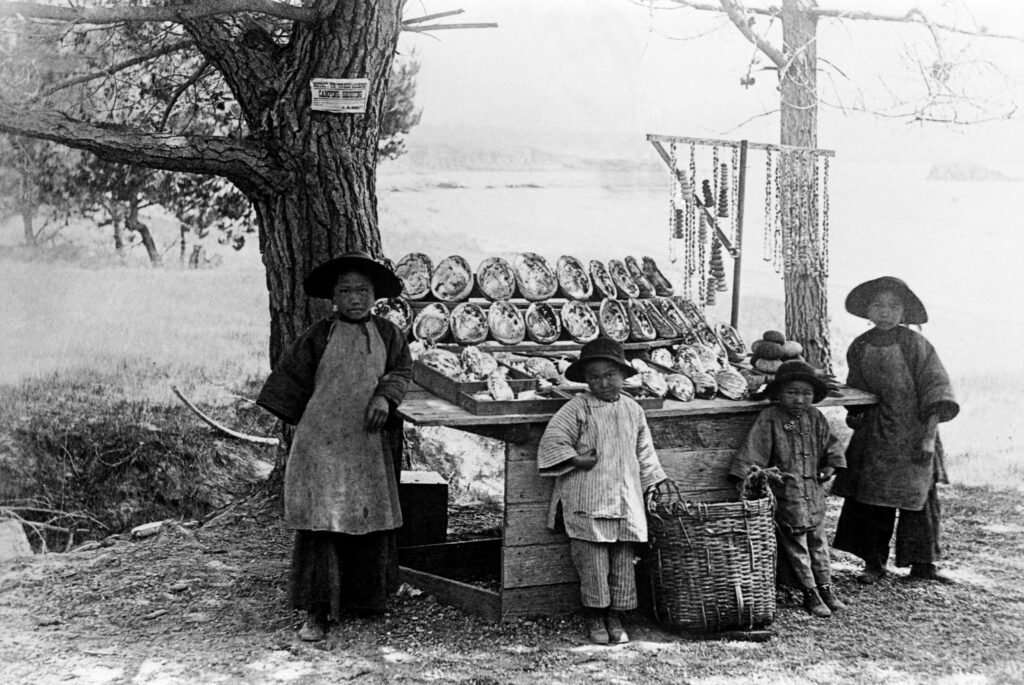
Photo taken looking east; Pebble Beach and
Stillwater Cove can be seen in the distance. This
may have been the first souvenir stand in
Monterey Peninsula history
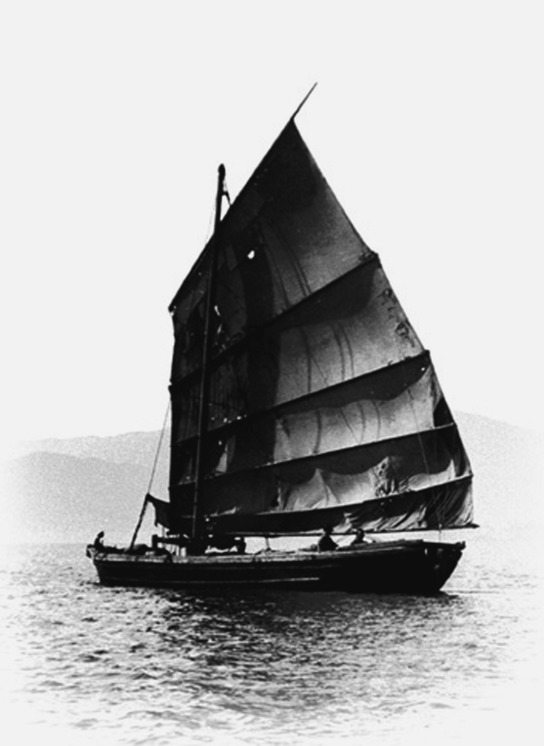

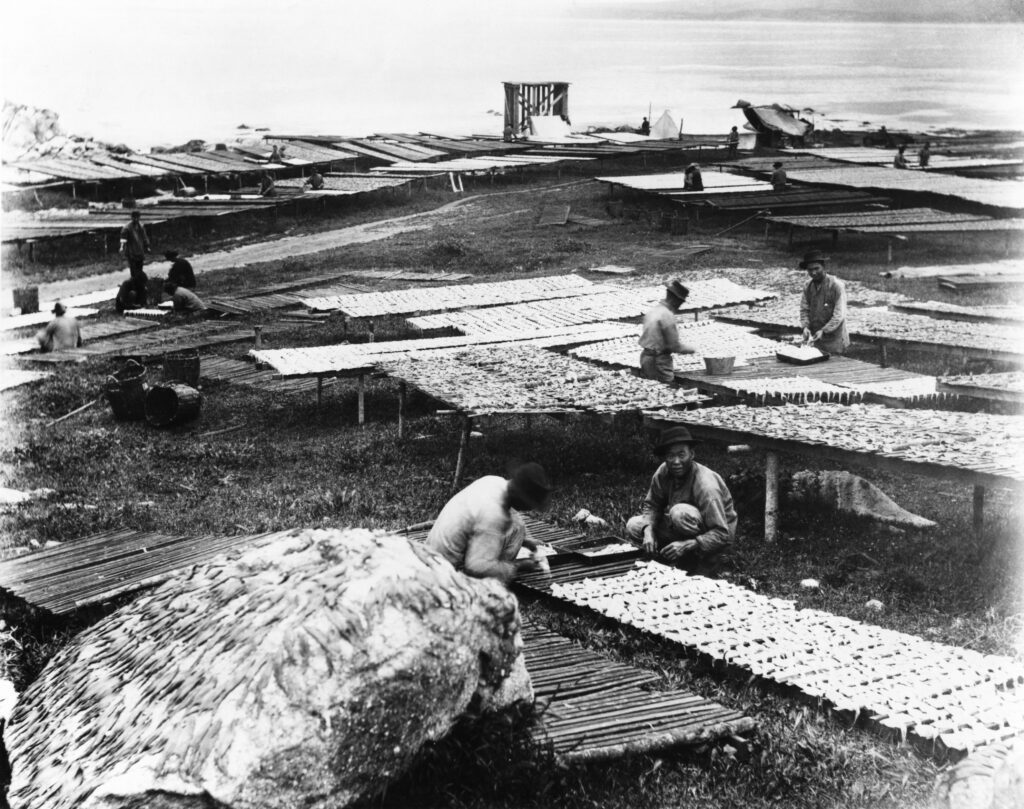
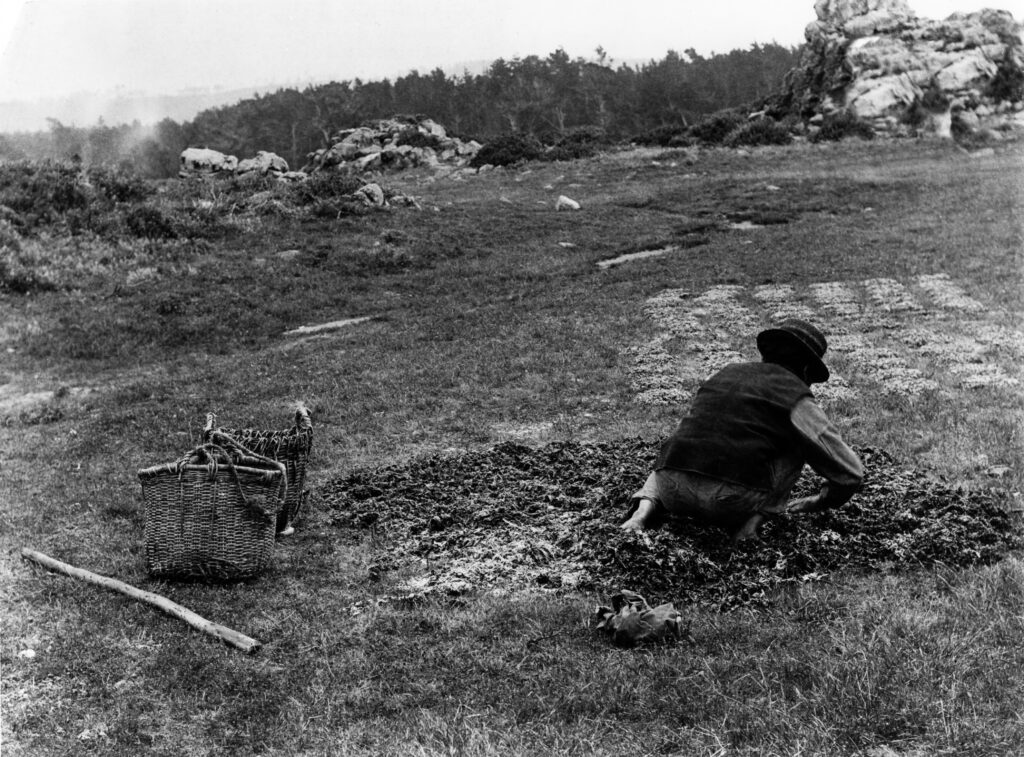
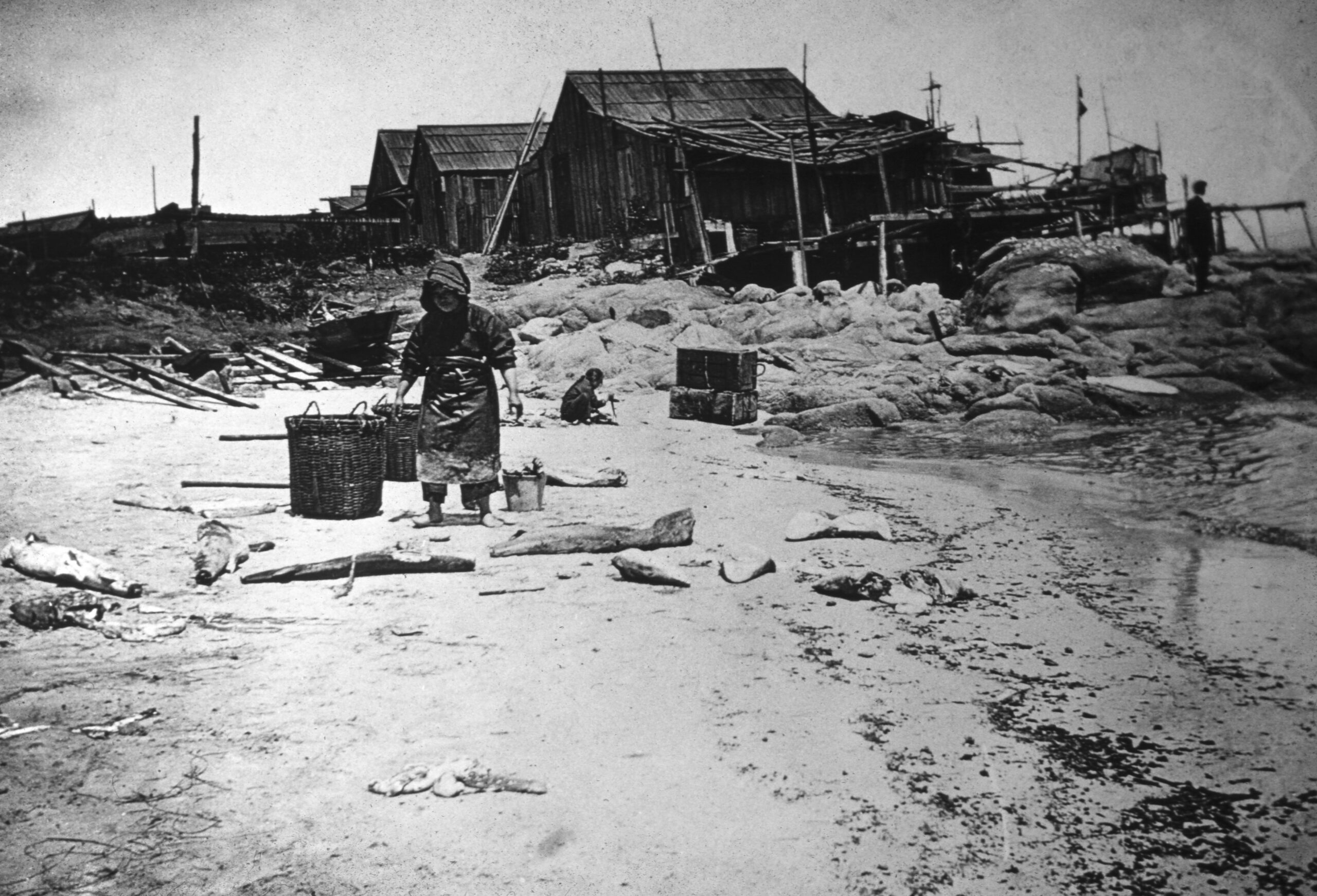
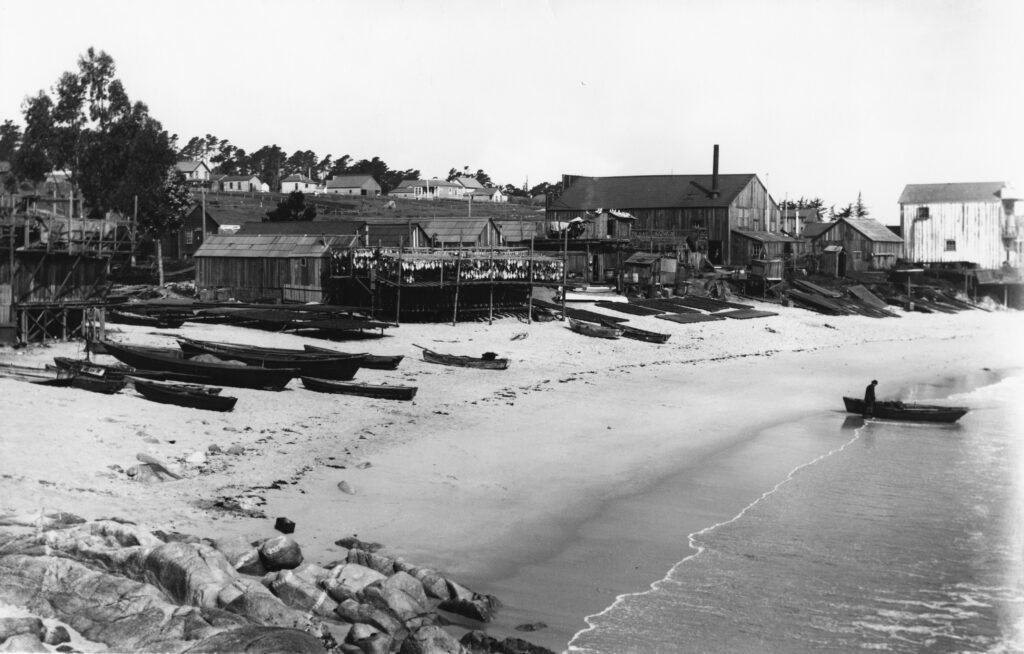
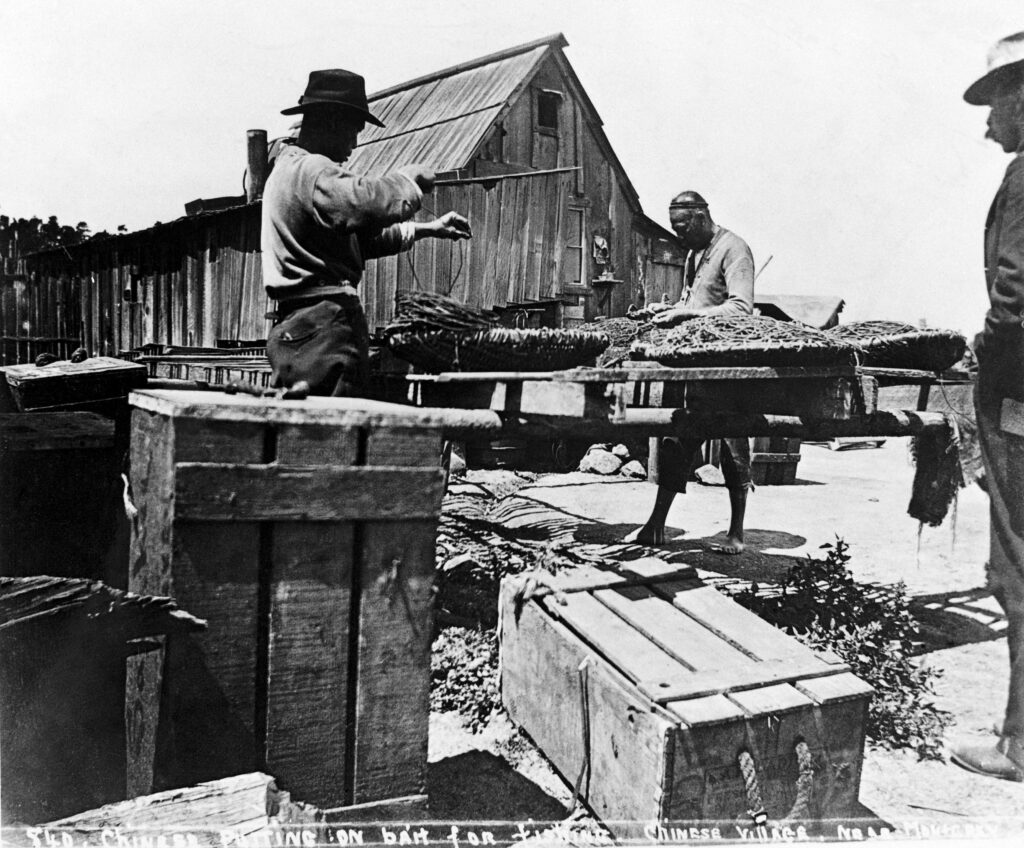
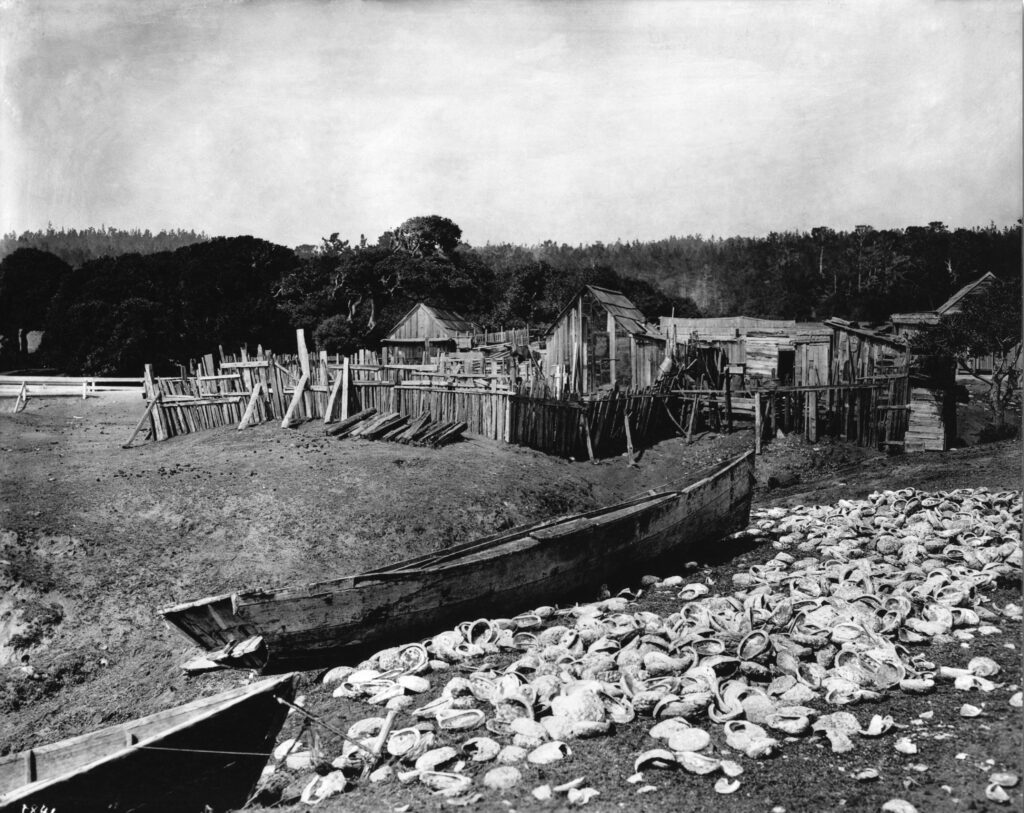
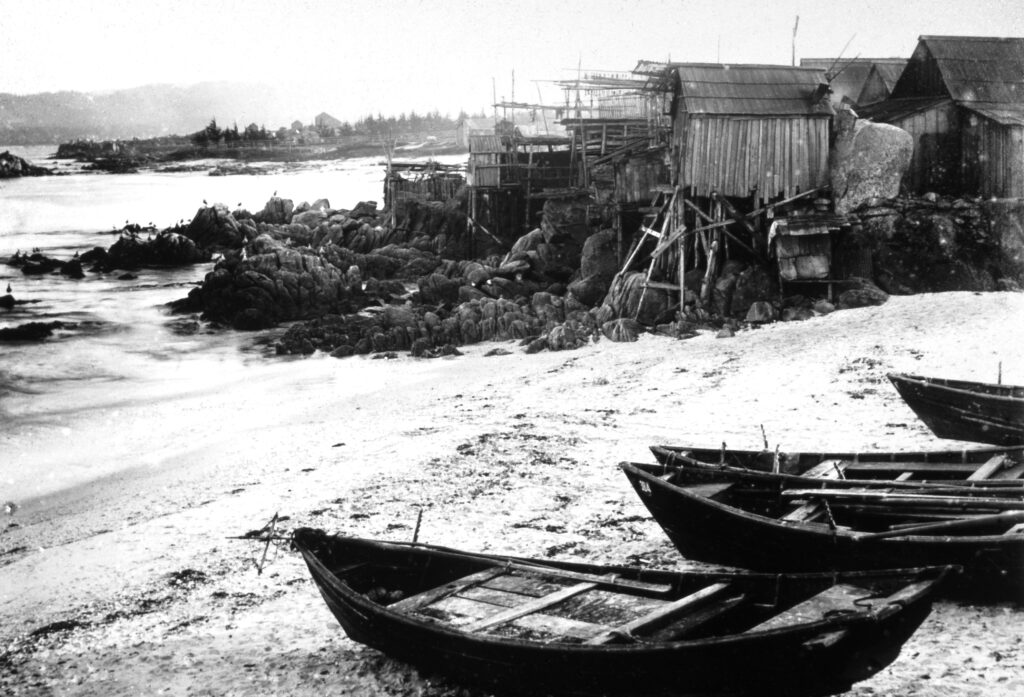
By Flex Kids Culture.
